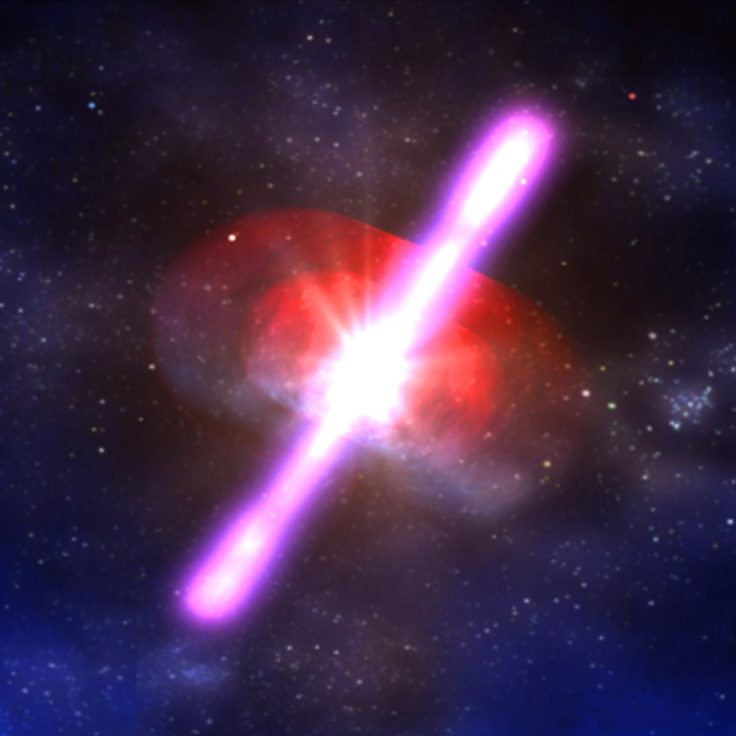Month: October 2017
Solving Cosmic Puzzles
Neutron stars are dead stars collapsed into the densest form of matter known to humans, with a teaspoon of neutron star matter weighing a billion tons, and their collision creates a swath of galactic debris. Decades ago, stargazing scientists formed plans to detect signals from this debris. Now, in the new era of aptly named “multi-messenger astronomy,” two international projects have achieved this goal: On August 17 of this year, the Laser Interferometer Gravitational-Wave Observatory (LIGO)’s two U.S.-based interferometers and the Virgo Collaboration’s Italy-based interferometer detected for the first time gravitational waves — ripples in space-time traveling at the speed of light — from the collision and subsequent merger of two neutron stars. The detection occurred just three days after yet another “chirp” from colliding black holes.
